Modern vs. Contemporary Design
January 11, 2016
Did you know that “modern” design and “contemporary” design are different? If you like clean lines and are trying to describe your tastes to a designer or architect, it’s very easy to be confused!
Modern vs. Contemporary Design
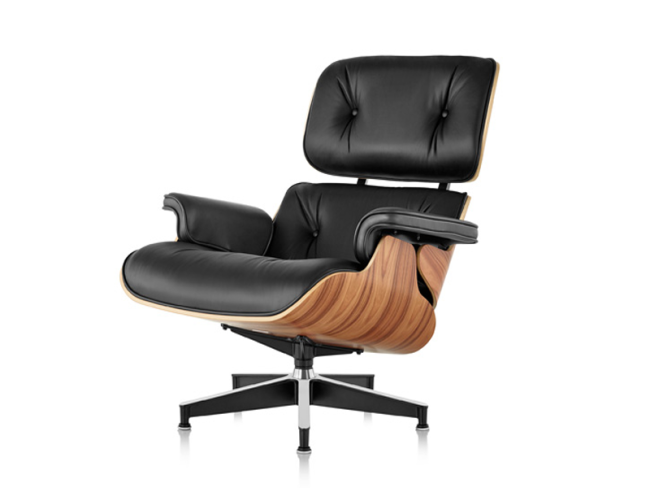
Modern design is actually a style named for what was popular between 1920 and 1950. Think retro, mid-century modern “form follows function” design, natural wood and fibers, molded plastics, bare floors, neutral colors, high-shine metals and an overall open, airy feeling (though spaces tended to be dark). Think about the Herman Miller Eames chair, Art Deco, and institutional Bauhaus style. This L.A. house by William Hefner Architecture Interiors & Landscape is a great example:
Take away the molded plastics and Modern design sounds a lot like architecture and design trends popular today. However, Modern and Contemporary can be very different things.
Contemporary design just means whatever is popular now. Currently, contemporary design elements include open spaces with lots of windows or natural light sources, neutral colors found in nature with bright accent pieces, bare floors, a mix of new and rustic materials and hidden technology. Our East Cooper Eclectic project is the perfect example of Contemporary design. We started with a very neutral palette and punched it up by mixing organic materials, local art with exotic textiles and plenty of bright colors.
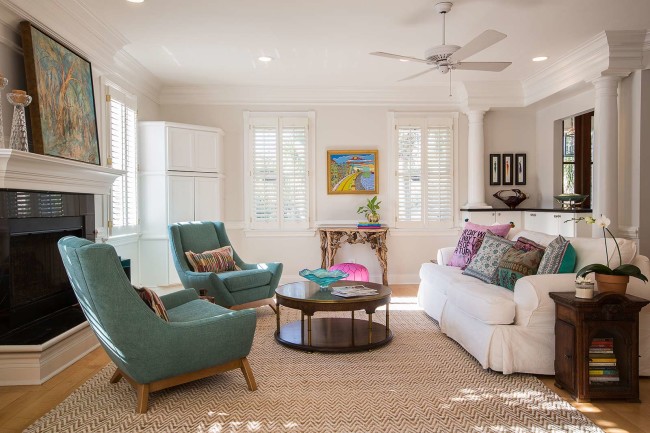
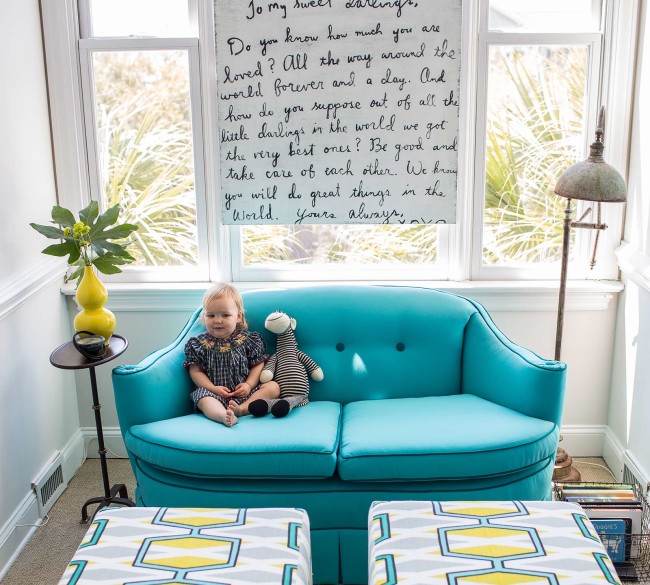
Our Casual Creekside project also reflects Contemporary design:
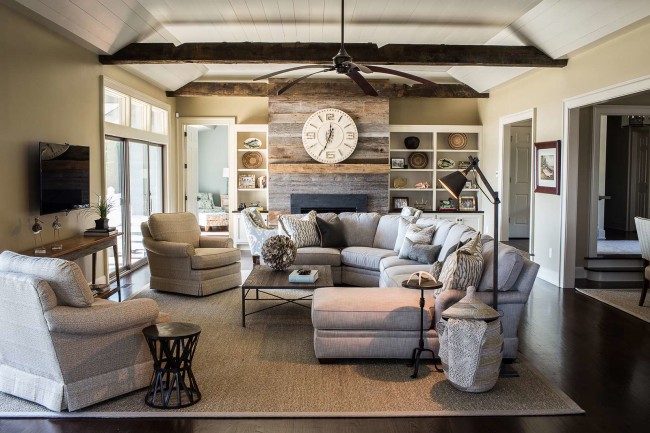
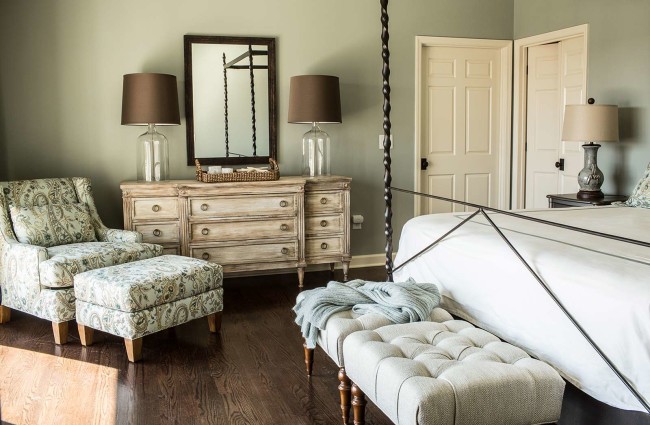
That definition of Contemporary can change fairly quickly, so if your tastes lean toward transitional (a blend of traditional and contemporary), industrial or rustic farmhouse elements – you probably like Contemporary design more than you like Modern design. Knowing the difference between the two can help you express yourself to your builder, architect and designer.

